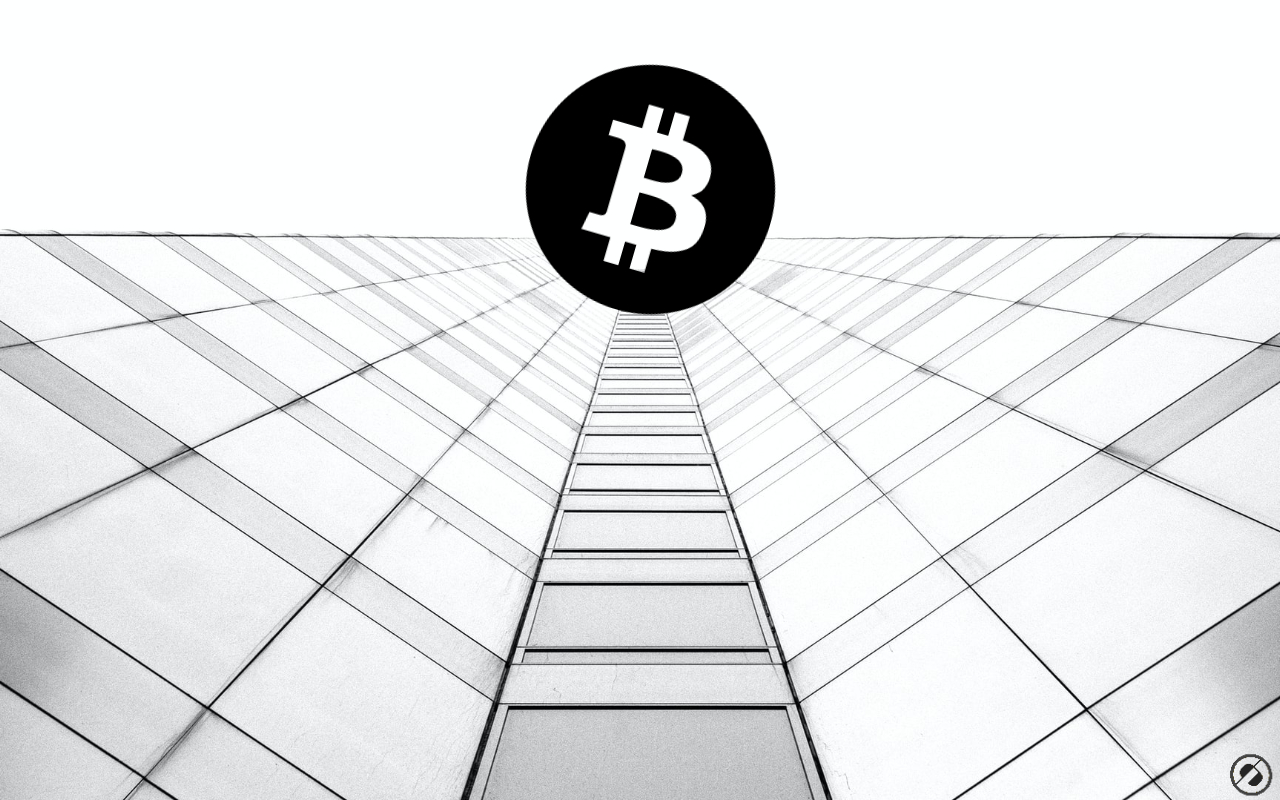Liquidity, Not Headlines, Keeps Bitcoin Pointed Higher, Says Raoul Pal
15.06.2025 8:00 1 min. read Alexander Stefanov
Bitcoin’s next big move will depend more on money creation than on missiles or media noise, according to macro strategist Raoul Pal.
In a recent post, the former hedge-fund manager plotted Bitcoin’s price against the world’s broad money supply (global M2) and found that nearly nine-tenths of the coin’s gyrations over the past three years shadowed shifts in liquidity.
That backdrop offers a simple read on today’s Middle-East flare-up. Reports of Israeli strikes on an Iranian gas hub briefly sent oil futures up more than 7 percent and revived talk of shipping disruptions, yet Bitcoin barely twitched—adding a fraction of a percent while stock futures wobbled.
Pal’s takeaway: unless the conflict forces central banks to flood or drain the system, digital-asset traders can expect business as usual.
The liquidity lens also explains why Bitcoin has weathered COVID shocks, rate-hike cycles, and election headlines with the same pattern: knee-jerk volatility followed by a grind that mirrors the size of the global money pie.
For investors, that framework is blunt but useful: track aggregate M2. If it expands, the odds still favor higher BTC prints, even if oil prices, war risk, or tweet-storms make the path noisy in the short run.
-
1
Bitcoin: What to Expect After Hitting a New All-time High
10.07.2025 14:00 2 min. read -
2
Peter Brandt Issues Cautious Bitcoin Warning Despite Bullish Positioning
10.07.2025 20:00 2 min. read -
3
Standard Chartered Becomes First Global Bank to Launch Bitcoin and Ethereum Spot Trading
15.07.2025 11:00 1 min. read -
4
Vanguard Now Owns 8% of Michael Saylor’s Strategy, Despite Calling BTC ‘Worthless’
15.07.2025 17:09 2 min. read -
5
What’s The Real Reason Behind Bitcoin’s Surge? Analyst Company Explains
12.07.2025 12:00 2 min. read
Global Money Flow Rising: Bitcoin Price Mirrors Every Move
Bitcoin is once again mirroring global liquidity trends—and that could have major implications in the days ahead.
What is The Market Mood Right Now? A Look at Crypto Sentiment And Signals
The crypto market is showing signs of cautious optimism. While prices remain elevated, sentiment indicators and trading activity suggest investors are stepping back to reassess risks rather than diving in further.
What Price Bitcoin Could Reach If ETF Demand Grows, According to Citi
Citigroup analysts say the key to Bitcoin’s future isn’t mining cycles or halving math—it’s ETF inflows.
Is Bitcoin’s Summer Slowdown a Buying Opportunity?
Bitcoin may be entering a typical summer correction phase, according to a July 25 report by crypto financial services firm Matrixport.
-
1
Bitcoin: What to Expect After Hitting a New All-time High
10.07.2025 14:00 2 min. read -
2
Peter Brandt Issues Cautious Bitcoin Warning Despite Bullish Positioning
10.07.2025 20:00 2 min. read -
3
Standard Chartered Becomes First Global Bank to Launch Bitcoin and Ethereum Spot Trading
15.07.2025 11:00 1 min. read -
4
Vanguard Now Owns 8% of Michael Saylor’s Strategy, Despite Calling BTC ‘Worthless’
15.07.2025 17:09 2 min. read -
5
What’s The Real Reason Behind Bitcoin’s Surge? Analyst Company Explains
12.07.2025 12:00 2 min. read


